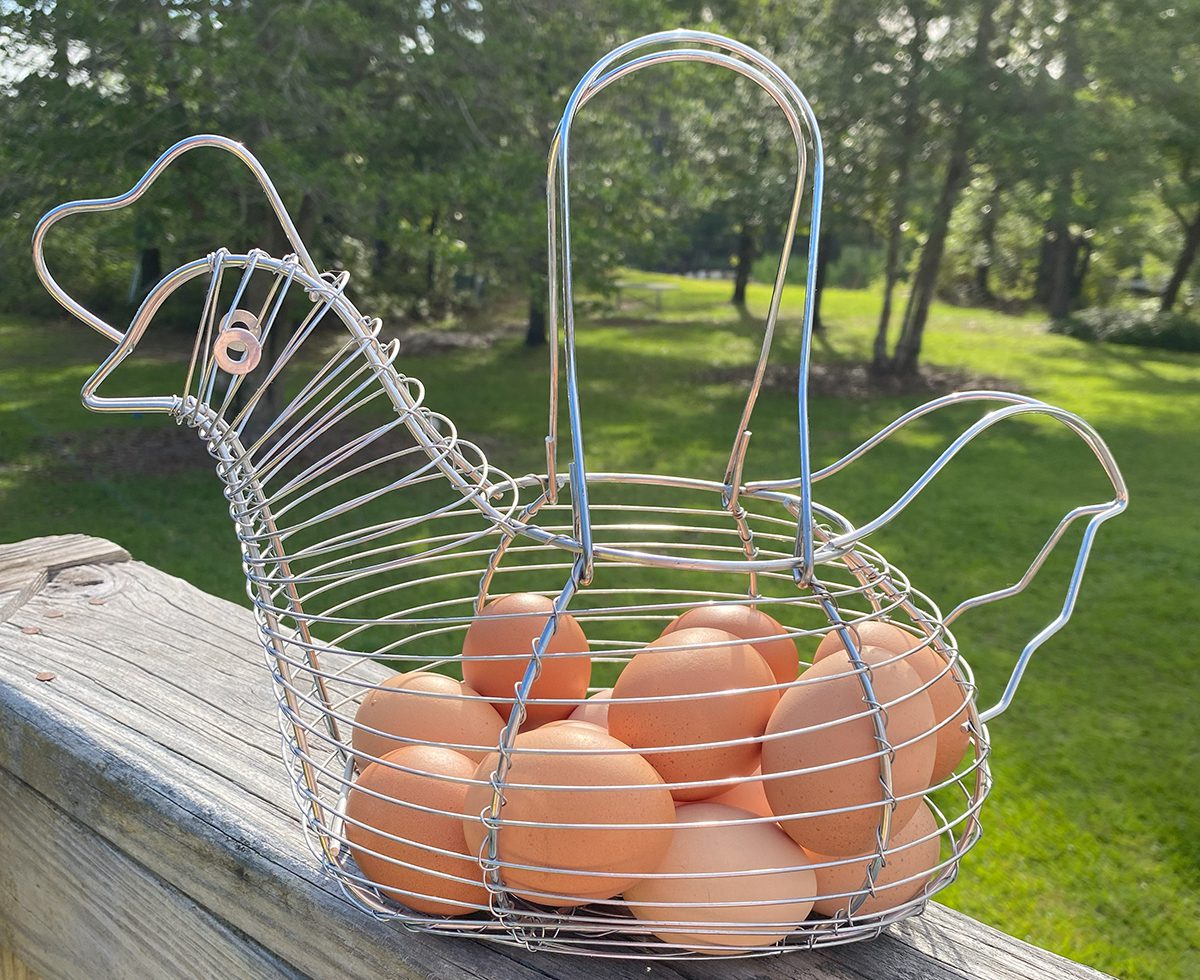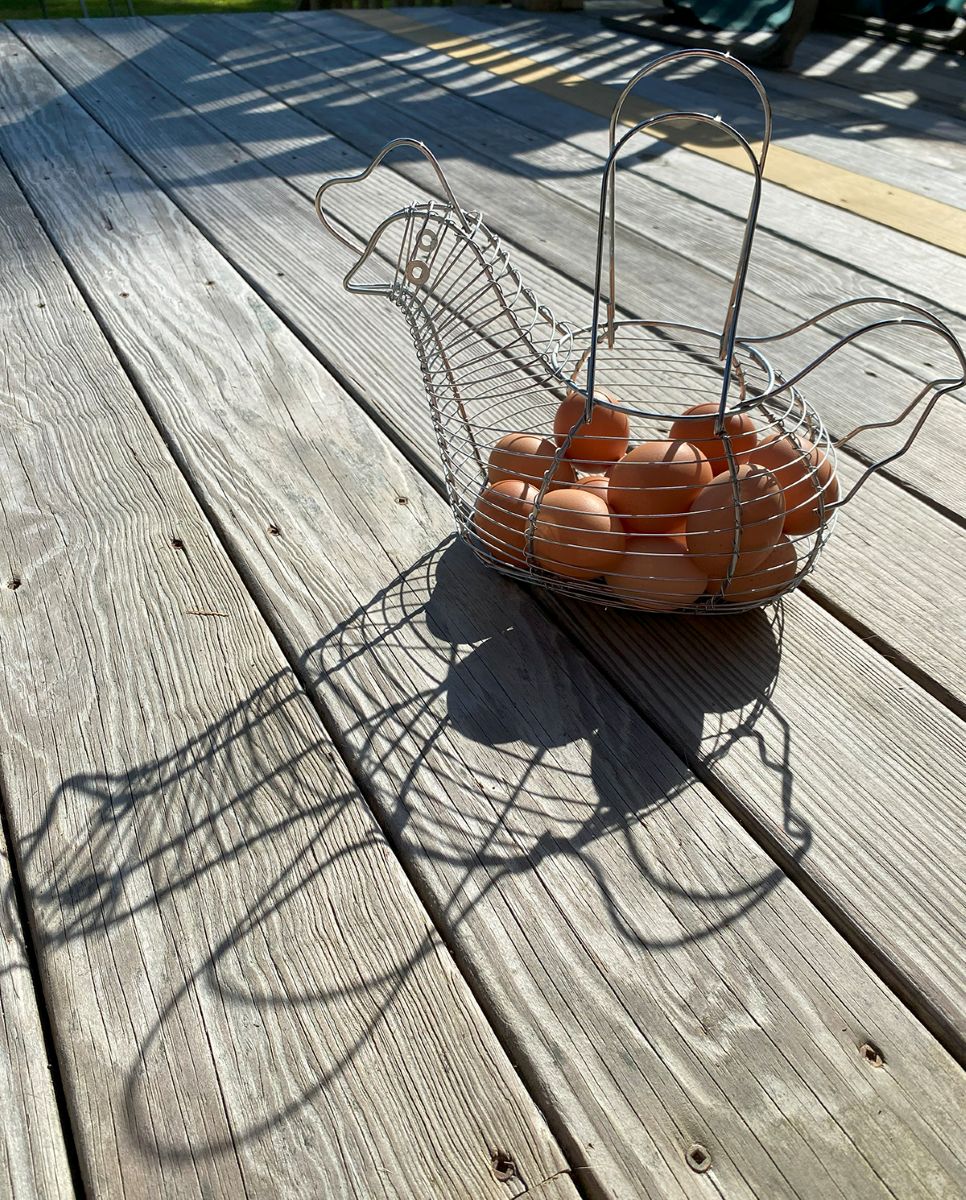
Never having been much of a science experiment fan — unless it was experimenting with reading different science fiction authors, — I’ve never heard of, much less participated in what seems to be a fairly challenge in common science, technology, engineering and math, or STEM, and the regular classroom.
For the “egg drop challenge,” the goal is to drop an egg without cracking it using various means such as cotton, sand, or other soft materials to cushion the egg.
Supporter Spotlight
But what if you want to deliberately skew the test in order to crack the egg?
According to a paper by Massachusetts Institute of Technology, or MIT, students? Authors? Professors? The summation of the article isn’t clear on this point, but any who… They’re at MIT, so they must be smarter than the average bear, right?
Tal Cohen, Hudson Borja da Rocha and S. Kiana Naghibzadeh spent a lot of time dropping eggs from different heights.
While it sounds like a rooftop frat-boy prank perpetuated on unsuspecting passersby, these folks were serious. Using a lot of scientific equipment and a ton of equations, they carried out their dastardly deed.
To be fair, they only dropped the eggs — 60 at each height — from 8, 9 and 10 millimeters. So … 5/16 of an inch. Almost 7/16 of an inch. Just over 3/8 of an inch. Barely any height at all!
Supporter Spotlight
Why didn’t they do a really fun experiment and see how long it takes an egg to scream when dropped off the Eiffel Tower? Or the Empire State Building? Or the side of the Grand Canyon?
Kind of wondering how much of a grant they got to do this. I mean, eggs are expensive. I can hear my parents and grandparents right now ranting about crazy people wasting good eggs on such foolishness. “Must’a been some of those high falutin’ college kids with more book larnin’ than common sense!” For some reason I’m hearing this in Granny’s voice from the “Beverly Hillbillies.”
Pretty sure I could most certainly be persuaded to drop a lot of eggs for not a lot of money. Apologies to my parents and grands and all the hardworking hens out there. Although, I’ve dropped quite a few eggs over my lifetime for no money, and I can 100% tell you that they break.
Whether they’re dropped on grass, on the floor, on the kitchen counter, height doesn’t seem to matter either. I’ve bobbled eggs taking them out of nest boxes and cartons. I’ve fumbled them off the counter trying to get them ready to cook. Once I even lost my grip on a full egg bucket. It slammed down like a parachute-less space shuttle recovery pod landing in the ocean. I can swear for a certainty, every single one of those eggs shattered.
Have you ever played the hardboiled egg game at Easter? Where opponents each hold an egg, pointed end toward their opponent, and then they smash their eggs together? Some eggs crumple at the first bit of contact. Some can go round after round before succumbing to the inevitable.
I mean, when people intentionally crack eggs, they aim for the middle of the long side. Is that because it cracks easier? Thousands of years of ingrained habit? Or is it because it’s darn hard to crack the pointed end of the egg and still be able to extract the contents without filling your now freed egg with bits of shell?
Not only did this distinguished crowd from MIT drop eggs from different heights so they landed on their sides, they then repeated the experiment by dropping the eggs point down. Some fat end down, and some narrower end down. Neither end made any difference in whether the eggs survived or not.

Calm down, Granny! I didn’t personally have anything to do with this travesty. (I imagine Granny brandishing her broom and banging pans around while muttering imprecations about Jethro’s lack of good sense.)
Their educated “Eggdicator” conclusion: Eggs that landed on their side needed to be dropped from a higher starting point in order to make them crack. Eggs dropped pointed end down cracked at lower starting point.
As far as I can tell, their theory is thus: The longer side of the egg has more give, thus dispersing the impact over a larger area whereas the pointed end is stiffer when compressed. Kind of the way an arch equals out pressure better than a flat surface.
But enquiring minds need to know more about the “eggs-speriment.”
The eggs were purchased at Costco, so would using farm-fresh eggs have made a difference? How old were the laying hens? Were they “spring chickens” or Miss Prissy?
The older a hen gets — somewhere around 18 months to 2 years old — the less eggs she lays and the thinner her egg shells become, which is why people used to buy or hatch new hens every spring. Hence the term, “spring chicken” used to describe something in the prime of its life.
While we’re on the subject of age, how old were the eggs? Were they fresh or months old? Somewhere in between? As my daddy sagely advised me a long time ago, “Best leave those floating goose eggs be.”
One has to wonder, no matter how smart people at MIT are, just how knowledgeable are they about eggs?
I mean, while the term “egghead” might be applicable in this instance, I keep getting a mental snapshot of Miss Prissy’s only son, Egghead Jr., scribbling advanced mathematical theorems but unable to play ball.
Really, really smart, but at the same time single-minded to the point of blindness. Or maybe Looney Tunes’ Henery Hawk, the loudly obnoxious and totally oblivious fledgling chickenhawk who knows he’s supposed to eat chickens but has no idea what a chicken actually is.
All joking aside, kudos to the MIT crowd. What seems to be a useless waste of time and food is actually a vital experiment in improving insights into varied applications. For instance, improving the design of safety equipment or improving the strength of buildings.







